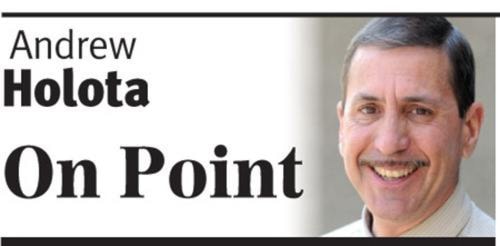Aleppo. Hama. Homs.
It’s unlikely those names will mean anything to most people here.
They are cities in Syria.
Tacloban?
Probably much greater public recognition.
It’s a port city in the Philippines.
They are thousands of kilometres apart, yet have a dreadful commonality – they are the sites of major humanitarian crises.
And yet the causes of that suffering, death and displacement are utterly different.
In Syria, civil war is to blame for the loss of tens of thousands of lives, and millions of refugees.
In the Philippines, a natural catastrophe – Typhoon Haiyan – is responsible.
In the case of the latter, the maelstrom struck and passed in a matter of hours. The death toll is over 4,000 and could climb further.
In Syria, the violence has been grinding on for nearly three years, with an estimated 100,000 killed.
In the typhoon-struck islands, some three million people have been displaced.
During October, the number of displaced Syrian people is estimated at six and a half million.
In both situations, the need for international humanitarian aid is critical, and immense. Yet, the two scenarios again differ greatly in terms of response, which is impacted deeply by media coverage, and in turn the capacity of people to understand the need, and maintain focus and support.
What has all this to do with Abbotsford, so far removed from both countries?
This is a remarkably generous community, which has a reputation of responding to people’s needs here and abroad.
That willingness to help includes the Syrian situation over the years, and not surprisingly, has again come to the fore in the case of the Philippines, which is the latest, most high-profile humanitarian cause to capture the media and public’s attention.
That poses a challenge for organizations such as the Canadian Foodgrains Bank (CFGB), which receives significant support from this community, and the Mennonite Central Committee, which has a high-profile presence and offices in Abbotsford, and is an important supporter of the CFGB, as is World Renew.
While the Syrian situation carries on, disasters such as Typhoon Haiyan diverts a finite level of charity.
How do aid organizations budget for human suffering and need – spanning local, national and international – as response to one crisis potentially diminishes aid to another?
From purely a statistical perspective, the Syrian refugee crisis dominates, but as with virtually all long-term internal conflicts, sees public attention rise and fade.
It’s not hard to comprehend lives torn asunder by shrieking winds and rushing waters. Harder though, to relate to displacement by violence that comes from within one’s own country, at the hands of one’s own people.
The CFGB is addressing that challenge, in a way you may not expect – on the community level.
The church-based organization approached the Abbotsford News with an invitation to join a tour of Jordan and Lebanon – the two countries hosting the majority of Syrian refugees who have left their homeland.
I volunteered to represent The News and Black Press.
As of Monday, I’ll be in Jordan, meeting and talking with the people displaced by the Syrian civil war, and the folks who work to bring them food, water, shelter, medical aid … and hope.
The trip is sponsored by the CFGB, however, what I report will not be vetted.
I expect to see and learn things that most of us will never experience, nor perhaps would many wish to.
There are going to be many stories.
I will be sharing some of them with you.
Watch for posts next week on abbynews.com.
